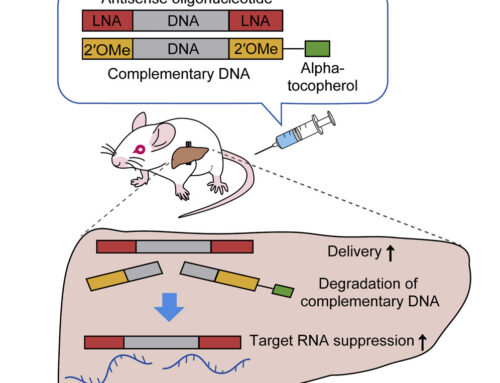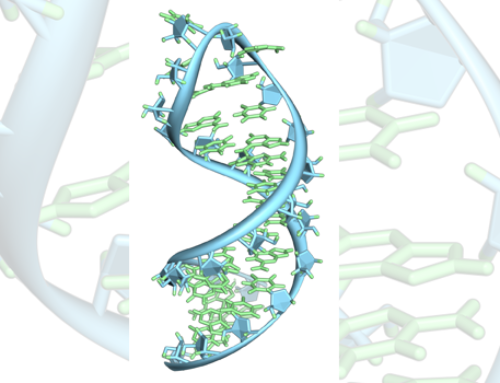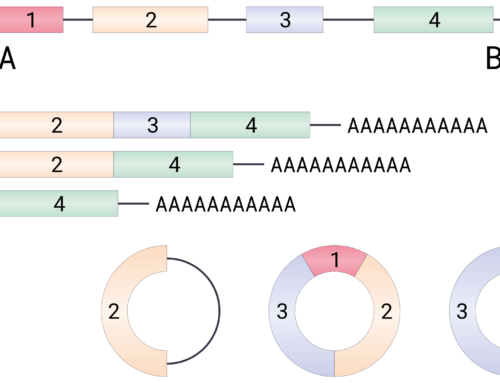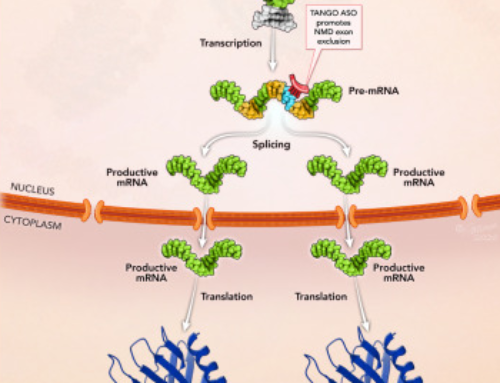

Guidelines for Experiments Using Antisense Oligonucleotides and Double-Stranded RNAs
In addition to the widespread use of synthetic oligonucleotides to manipulate RNA levels in basic research, interest in oligonucleotide therapeutics has increased substantially due to the commercial success of recently approved nucleic acid drugs. In turn, this has led to an influx of scientists largely unfamiliar with the older literature in the field and thus the reasons for the established experimental standards.
In an effort to increase adherence to these standards, Gagnon and Corey highlight the minimum experimental controls necessary to support efficacy of synthetic oligonucleotides via on-target interactions as opposed to off-target effects.
Prof. David Corey also discussed these guidelines in a recent webinar for OTS. Please click play to view
As Gagnon and Corey explain, it is deceptively easy to overlook the possibility that the observed desired result is not mediated by on target activity but rather nonspecific interactions or off-target effects.
It is therefore essential to actively investigate this possibility by following the guidelines stated in this review and endorsed by the board of directors of the Oligonucleotide Therapeutics Society as the absolute minimum:
- In vitro: two effective on-target oligonucleotides of differing sequence and two control oligonucleotides (mismatch and scrambled)
The scrambled control should be derived from the on-target oligonucleotide by switching blocks of bases and should not be a generic unrelated sequence. In this way, the controls have similar patterns of chemical modifications and preserved base sequences to the parental sequence and should thus show similar off-target effects. - In vitro: Dose-response curves (IC50 or EC50) in combination with cell viability/toxicity.
- In vivo: one experimental and one control oligonucleotide (see above).
- Provide a concise description why their experimental design supports confidence in the robustness and reproducibility of their data.








